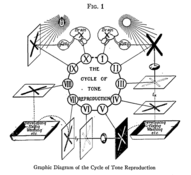aparat
Member
I honestly do not know. The final result is such a subjective thing that I would never try to make a qualitative statement about that. In the end, it's about picking all the ingredients and making a tasty meal out of them, to use an unoriginal analogy. Film testing is very limited in its scope and offers only one view of the data, so to speak.Do you think those mid-ranges and tonal effects are better using XTOL with Tmax 100 and Tmax 400 also which are what I shoot?






 ). But the greater point after all, is that even God has a hard time with tonality.
). But the greater point after all, is that even God has a hard time with tonality.
